Cantaloupe, does it raise blood sugar significantly? Can diabetics eat it? How much can I eat?
On the Internet, some people with abnormal blood sugar always ask Dr. Zhang if a certain food has a great effect on blood sugar. For example, today a fan asked, "Dr. Zhang, cantaloupe is very sweet, does it have a big effect on blood sugar?" This may seem like a trivial question, but it is actually a question that affects people's lives every day, and it is worthwhile for us to scrutinize it and popularize it to the public.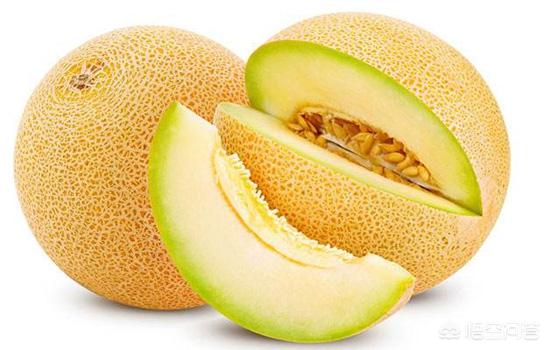
Actually, the truth of the matter is that cantaloupe doesn't have as much of an effect on your blood sugar as you might think. People think cantaloupe is sweet, but you may actually be wrong about it. Sugar in cantaloupe exists in the form of monosaccharides and polysaccharides, and every 100g of cantaloupe contains about 8g of sugar. However, the glycemic index of cantaloupe is only 56, which is a medium level, and it is just above the upper limit of the low level to be selected as a medium level. Let's explain this GI below.
Food Glycemic Index (GI) is simply an indicator of the effect of food on blood glucose. Foods with a high glycemic index are digested quickly after entering the gastrointestinal tract, have a high absorption rate, and release glucose quickly, which ultimately manifests itself as a high rise in blood glucose;
Foods with a low glycemic index have a long residence time in the gastrointestinal tract, a low absorption rate, and a slow release of glucose, which simply means that blood glucose rises slowly, more smoothly, and doesn't drastically raise blood glucose.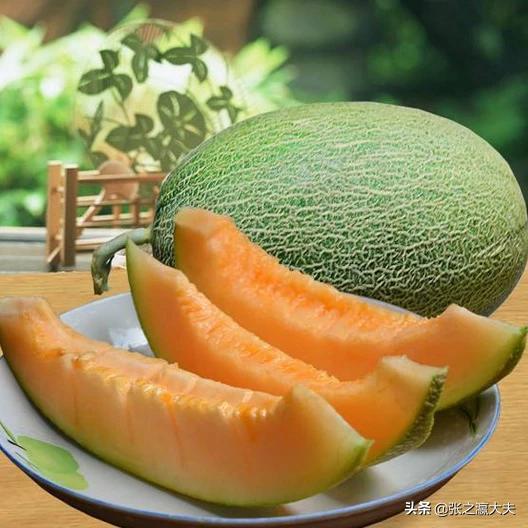
So how do you differentiate between the different levels of the glycemic index?
1. When the Glycemic Index (GI) is below 55, the food is considered to be a low GI food;
2. When the glycemic index is between 55 and 70, the food is a medium glycemic index food;
3. When the glycemic index is above 70, the food is a high glycemic index food.
Cantaloupe has a Glycemic Index of 56, which is unfortunately just over 55 and is categorized as a medium level Glycemic Index food. This is much lower than the Glycemic Index levels of 88 for steamed buns and 83 for rice.
However, taking into account the special circumstances of diabetic patients, I do not recommend that diabetic patients let go of unlimited cantaloupe, it is best for diabetic patients in the case of ideal blood glucose control, eat cantaloupe in moderation, each time the best consumption of no more than 50 g. In short, in order not to affect the blood glucose for the best.
Cantaloupe, does it raise blood sugar significantly? Can diabetics eat it? How much can I eat?
Some people with diabetes think that fruits are sweet, so they can't eat them. In fact, some fruits (e.g., cantaloupe, cherries, and sorbets) are sweet to eat, but that doesn't mean they necessarily raise blood sugar quickly. This is because most of the sugar in fruit is fructose, which is inherently sweet. Moreover, compared to glucose, fructose is less effective in raising blood sugar. At the same time, fruit also contains a large amount of dietary fiber, the latter has a certain effect on reducing blood sugar response. Therefore, we can not rely solely on the taste of the fruit to determine whether it is suitable for diabetics to eat.
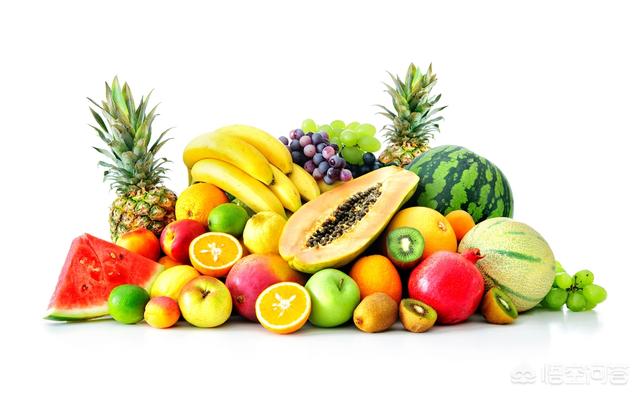
Diabetic patients are not totally unable to consume fruits. A moderate amount of fruits can satisfy the patients' need for certain nutrients and reduce their hunger. For example, fruits are rich in essential vitamins and trace elements, and eating some of them appropriately is good for health. If not at all, this part of the nutrition can not be ingested, which of course will have a certain negative impact on health.
However, the following principles should be observed when eating fruits:①Eat less, never eat a large amount at once. ② Always eat on an empty stomach, never eat after meals. Generally between meals, that is, 10 a.m. and 4 p.m. eating is appropriate. ③ Depending on the condition and eat. Blood glucose control is good to eat in moderation, blood glucose control is not good to eat. ④ Choose low-sugar fruits, such as guava, papaya, lemon, snow fruit, pomelo, etc.; forbid fruits containing more sugar, such as grapes, bananas, lychee, sugarcane, longan, cantaloupe and red dates. ⑤ Limit the total number of food intake, to count the calories in fruits in the total intake of calories in a day, such as eating 200 grams of fruits every day, can reduce the main food 25 grams. (6) Some vegetable foods can be used instead of fruits, tomatoes, cucumbers, etc. are better choices.
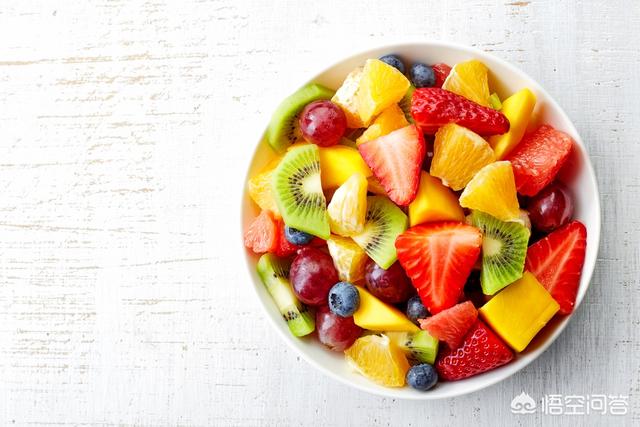
Choosing low GI fruits is relatively safer
We often hear GI, i.e. "Glycemic Index", which is an effective indicator of the postprandial glycemic response of the body caused by food. Generally speaking, a GI of less than 55 is considered low GI food, 55-70 is medium GI food, and greater than 70 is high GI food. In other words, the lower the GI, the lower the impact on blood glucose fluctuations.
Among the common fruits, low, medium and high GI fruits are: low GI: cherries, plums, grapefruit, fresh peaches, pears, apples, etc.; medium GI: mango, pineapple, cantaloupe, etc.; high GI: watermelon, etc.. Therefore, it is relatively safer for people with diabetes to choose low GI fruits.
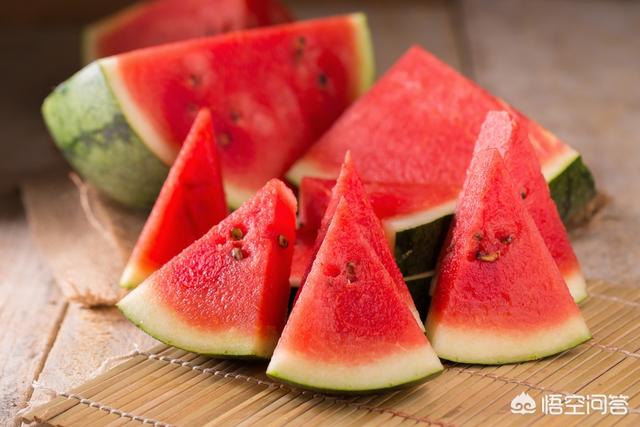
High GI fruits are not completely off limits
In addition to focusing on the glycemic index, it is also important to look at the glycemic load. Glycemic load (GL) of food is the product of GI value of food and available carbohydrates, which combines the quality and quantity of carbohydrates consumed, and can more comprehensively estimate the total glycemic effect of the diet. Take our favorite watermelon for example, it has a GI value of 72, which is a high GI food, with a carbohydrate content of 5.8 g/100g. When we eat 100 grams (a small piece) of watermelon, the glycemic load of the food is GL = 72 × 5.8 ÷ 100 = 4. If we were to eat 100 grams (half a bowl) of rice, the GL would be 21, which is more than five times that of watermelon. In other words, although the GI value of watermelon is high, because of the small amount eaten, the GL value is also very low, and generally does not cause a substantial change in blood glucose.
This question and answer are from the site users, does not represent the position of the site, such as infringement, please contact the administrator to delete.